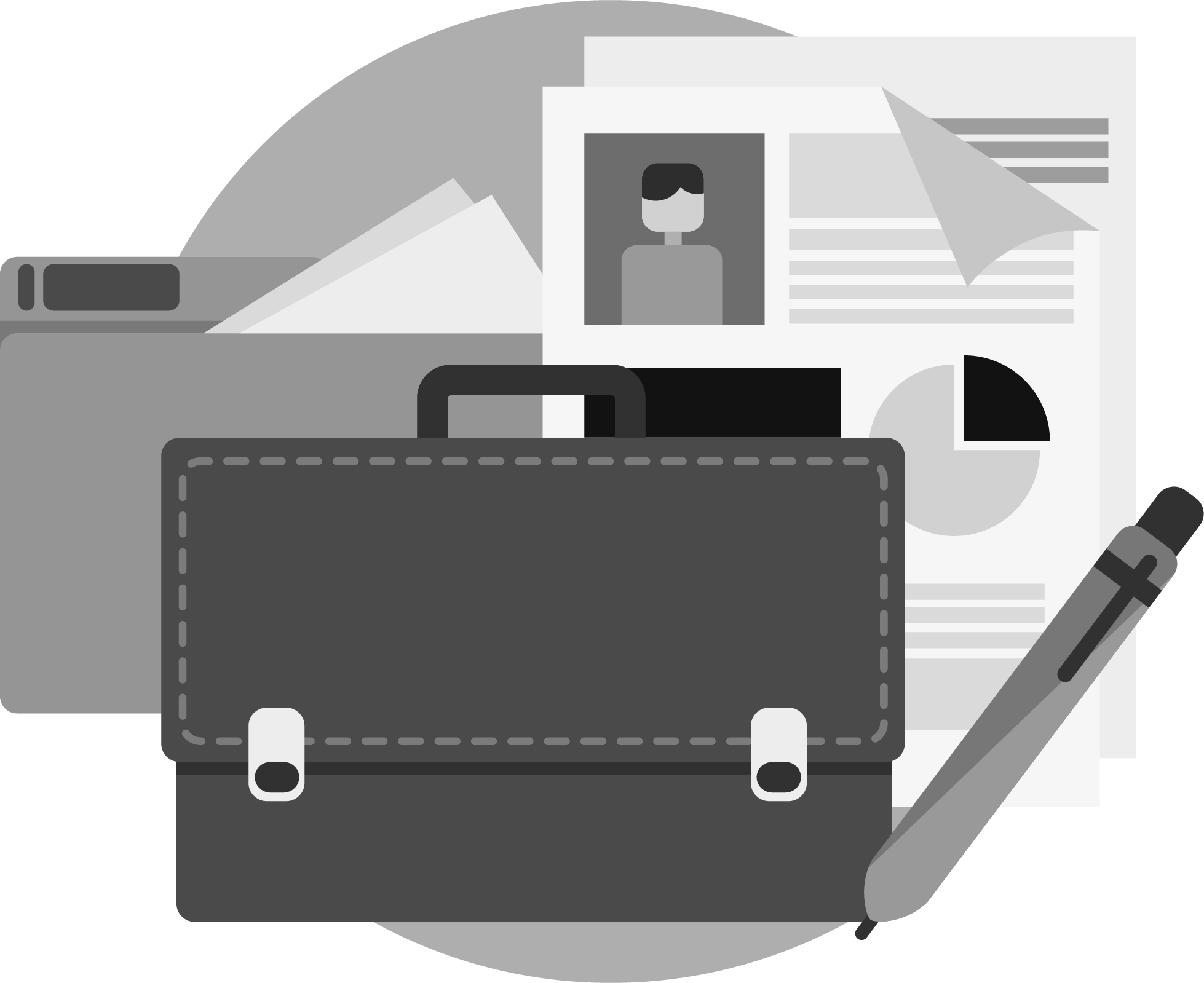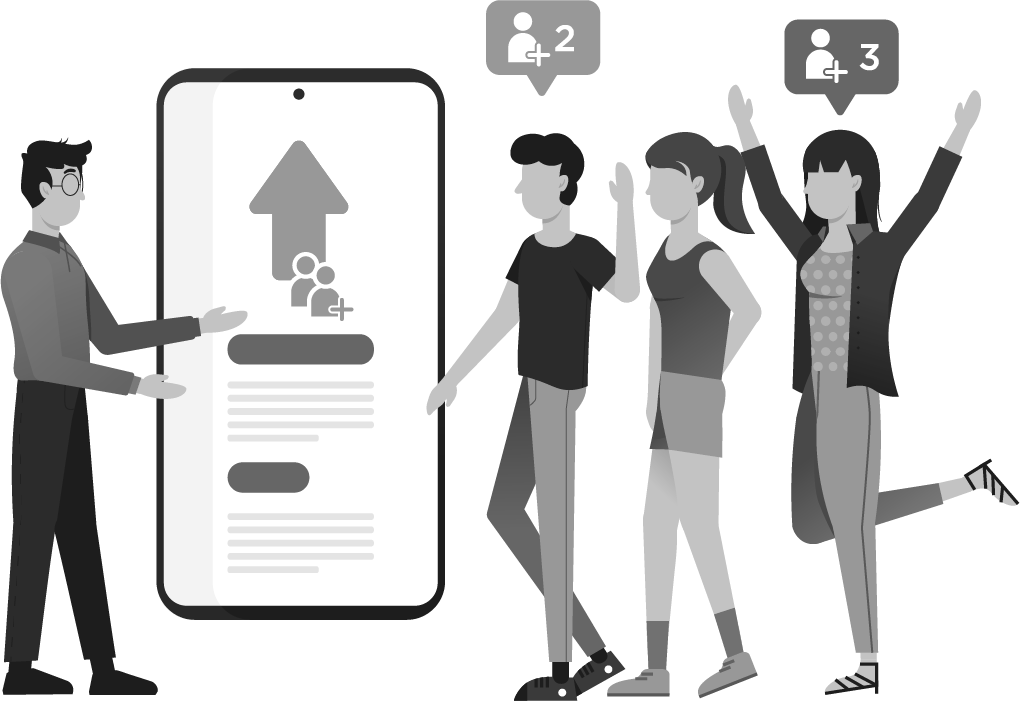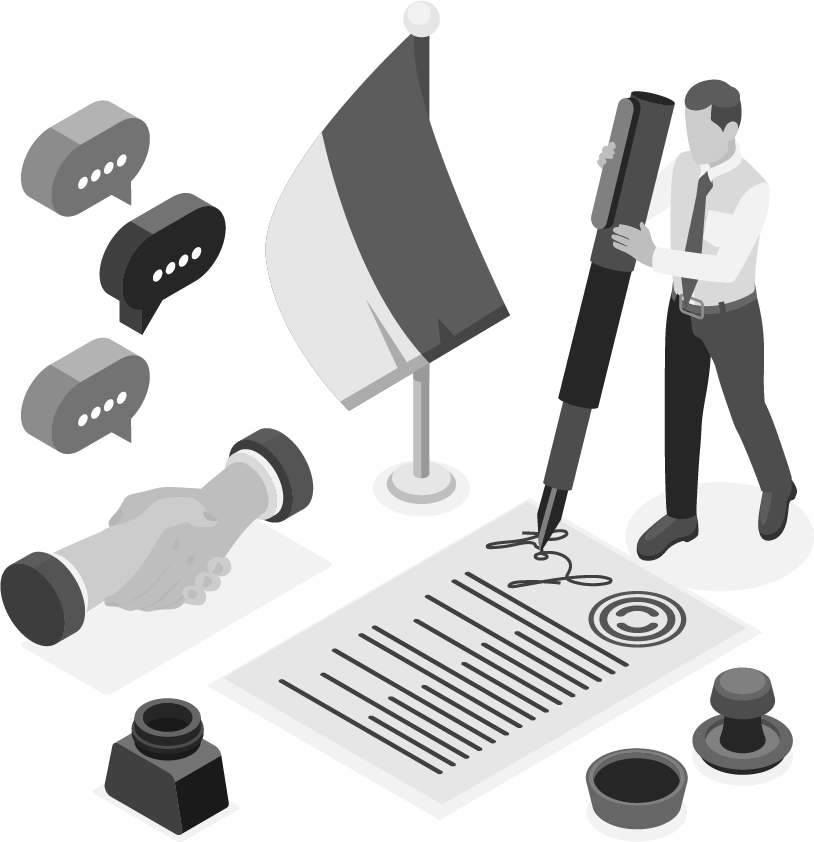Navigating the Path to Success: Web Development Freelancing from Prospecting to Closing Deals
If you're someone between the age-group of 22 - 35, I bet you're working on a 9 to 5/6 job. So, are you satisfied with how much you're currently making? Well, if it's a no, it's time for you to enter the world of freelancing, where you not only make that extra income but gain your own clients, learn how to build & grow trust, get a recognition, and so much more. Being a Creative Full Stack Developer, if you're a beginner in this field, here's how I recommend you to start the journey.
Freelancing in the field of web development offers exciting opportunities for creative expression, independence, and growth. However, achieving success as a web development freelancer requires more than just technical skills. From prospecting potential clients to sealing the deal, each step of the process demands strategic planning, effective communication, and a commitment to delivering value. In this blog, I'll guide you through the journey of web development freelancing, from prospecting to closing deals.

1. Understanding your Niche and Value Proposition
Before diving into prospecting, define your niche within web development. Identify your strengths and unique selling points. What sets you apart? A clear value proposition will attract clients who resonate with your expertise.
2. Prospecting for Potential Clients
Prospecting is the foundation of your freelance journey. Research and identify businesses or individuals in need of web development services. Utilize platforms like LinkedIn, freelance job boards, and your personal network to discover potential leads.


3. Crafting a Compelling Portfolio
A well-structured portfolio is your visual resume. Showcase your best work, highlight diverse projects, and demonstrate your skills. Including before-and-after case studies can emphasize your ability to deliver results.
4. Initiating Effective Outreach
When reaching out to potential clients, personalize your communication. Highlight their pain points, explain how your services can solve their problems, and express genuine interest in their projects.


5. Nailing the Initial Meeting
Once you've sparked interest, schedule an initial meeting. Prepare by researching the client's business, understanding their objectives, and formulating thoughtful questions that showcase your expertise.
6. Listening and Understanding Client Needs
Effective communication means active listening. Understand your client's vision, goals, and expectations. Tailor your services to meet their specific needs and provide tailored solutions.


7. Crafting Winning Proposals
A well-crafted proposal is your chance to showcase your professionalism. Clearly outline the project scope, deliverables, timeline, pricing, and terms. Personalize each proposal to reflect the client's unique requirements.
8. Negotiating and Addressing Concerns
Be open to negotiation and address any concerns the client might have. Strike a balance between delivering value and maintaining a fair compensation for your expertise.


9. Building Trust and Demonstrating Expertise
During the proposal stage, provide insights and recommendations that demonstrate your expertise. Building trust is crucial for clients to feel confident in your ability to deliver results.
10. Presenting Client-Centric Solutions
Tailor your proposals to present solutions that align with the client's goals. Show them that you understand their needs and are committed to achieving their desired outcomes.


11. Setting Clear Expectations
Ensure that both parties have a clear understanding of project expectations, milestones, communication channels, and deadlines. Clarity prevents misunderstandings and maintains a positive working relationship.
12. Sealing the Deal and Formalizing Agreements
Once all parties are aligned, seal the deal by formalizing the agreement. Provide a detailed contract that outlines the project scope, deliverables, payment terms, and other relevant terms and conditions.

Freelancing in web development is a journey that demands a blend of technical expertise, communication skills, and business acumen. From prospecting to closing deals, each step plays a pivotal role in your success. By understanding your value proposition, honing your outreach efforts, and showcasing your expertise, you can navigate the path to success and build a thriving web development freelance career that not only meets client needs but also fulfills your professional aspirations.


